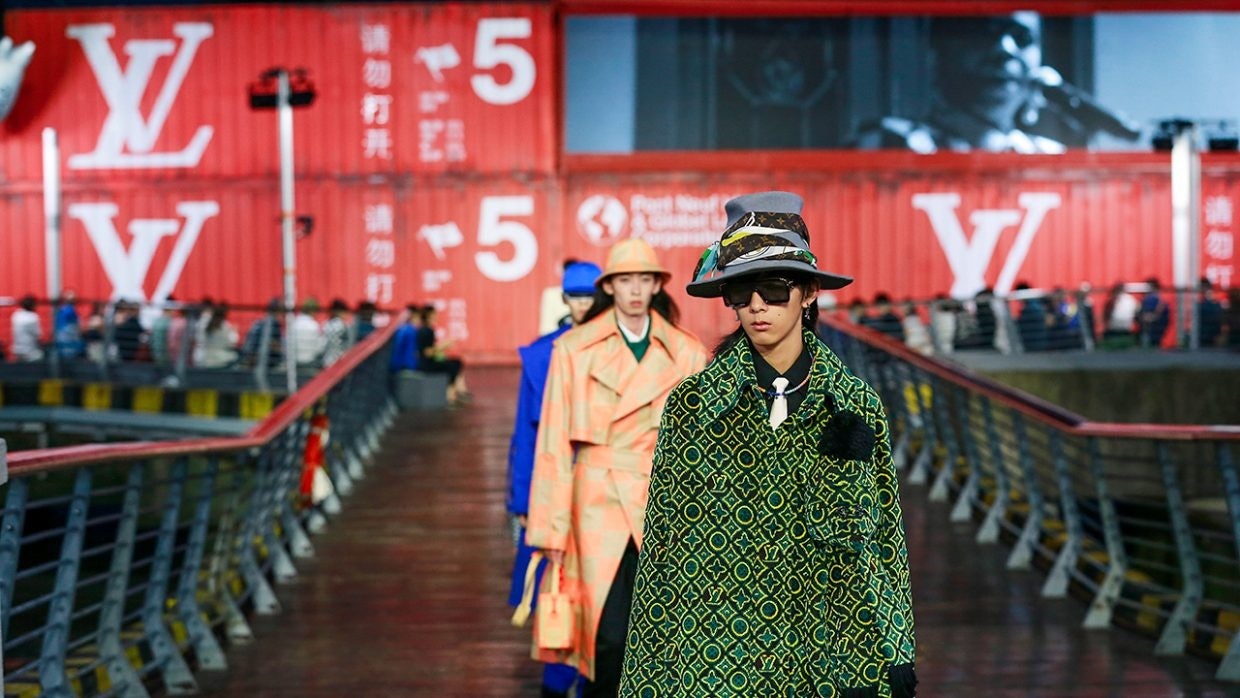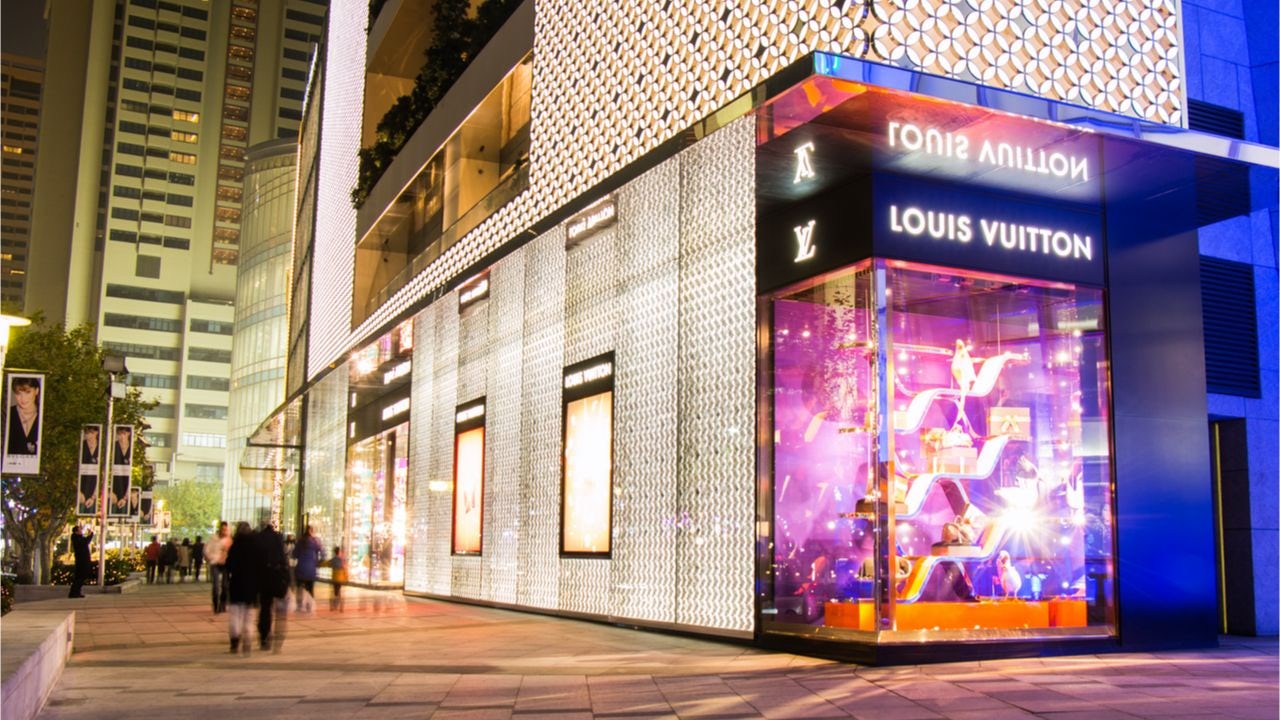The economy in China has bounced back and is gaining ground on the rest of the world. Looking at major luxury groups’ recent earning reports, the ones that performed close to expectations should send thank you letters to the Chinese market, as both the online and offline luxury sectors are booming in China.
COVID-19, which put the brakes on international travel retail, seems to have redirected Chinese consumer spending back to China. The effect accelerated the domestic shopping trend that had emerged after the central government slashed the value-added tax (VAT) rate in early 2019, which narrowed the price gaps for many luxury items. And with the recent appreciation of the yuan, a growing number of Chinese shoppers now prefer to purchase their big-ticket items domestically.
If you take a close look at the luxury battleground in China, the winning brands are the ones integrating online and offline journeys while providing consistent experiences via omnichannel strategies. Here, Jing Daily has selected two luxury houses that leveraged the Chinese market remarkably well.
Bring the show to you#
For its Spring 2021 men’s collection, Louis Vuitton reworked the traditional concept of fashion shows by launching an animated film, followed by live touring runway shows — and China was the first stop. Due to COVID-19, the brand took in 100 million impressions with its five posts for the event. The show featured the brand’s ambassador, Kris Wu, alongside friends of the brand who boosted morale for hospital workers in China.
A day before the show, Louis Vuitton invited Wu and other friends of the brand, including Ouyang Nana, Zhong Chuxi, and Fan Chengcheng, to create individual teasers for Weibo. These triggered a total of 63,000 likes, nearly 100,000 comments, and a whopping 620,000 shares. Over a thousand guests attended the show, and more than a hundred million people watched the show. After the show, the brand offered detailed guidance on how to purchase the product directly through its WeChat Mini Program.
Louis Vuitton set a great example of how to build a smooth consumer journey by utilizing both online and offline tools. As a result, the brand’s largest flagship store in China achieved record-breaking sales in August, which was believed to be a recording-breaking month for the China market.
Curated Social Media Content#
Everyone knows social media marketing matters in China’s market. But what does it mean when a brand inspires discussions or starts a new trend? Every social media platform has its own rules, and the preferences of young netizens vary a lot. Therefore, brands must consider using platform-specific marketing strategies. Posting the same commercial clips on all platforms is a waste of resources and a bad look.
Take Gucci, for example. Beginning in early 2020, the Italian luxury brand started launching official accounts on various platforms beyond WeChat and Weibo. That included short video app platform Douyin and the social media/e-commerce platform Little Red Book. In the beginning, the brand was criticized for its questionable influencer choices, outdated effects, and confusing visuals. By July, Gucci’s Douyin stats were only comparable to a mid-tier influencer’s.
Gucci only won consumers’ hearts back recently, thanks to its Chinese Valentine’s Day campaign. On July 30, Gucci introduced the GG apple print collection, which features a motif made up of two interlocking red letters Gs and was inspired by the phrase “apple of my eye.”
For Weibo, Gucci posted seven short films with open endings that the audience was invited to participate in finishing. This way of cleverly involving the audience allowed the shorts to collect over 1.5 million views. Meanwhile, on Douyin, Gucci posted a series of amusing B-rolls of the short movies, which sparked netizen discussions. For Little Red Book, Gucci used the community-style forum to invite actresses to introduce the collection via livestream or post detailed pictures of the product. The hashtag “Gucci Qixi” has reached over 126,000 views on Little Red Book thus far.

